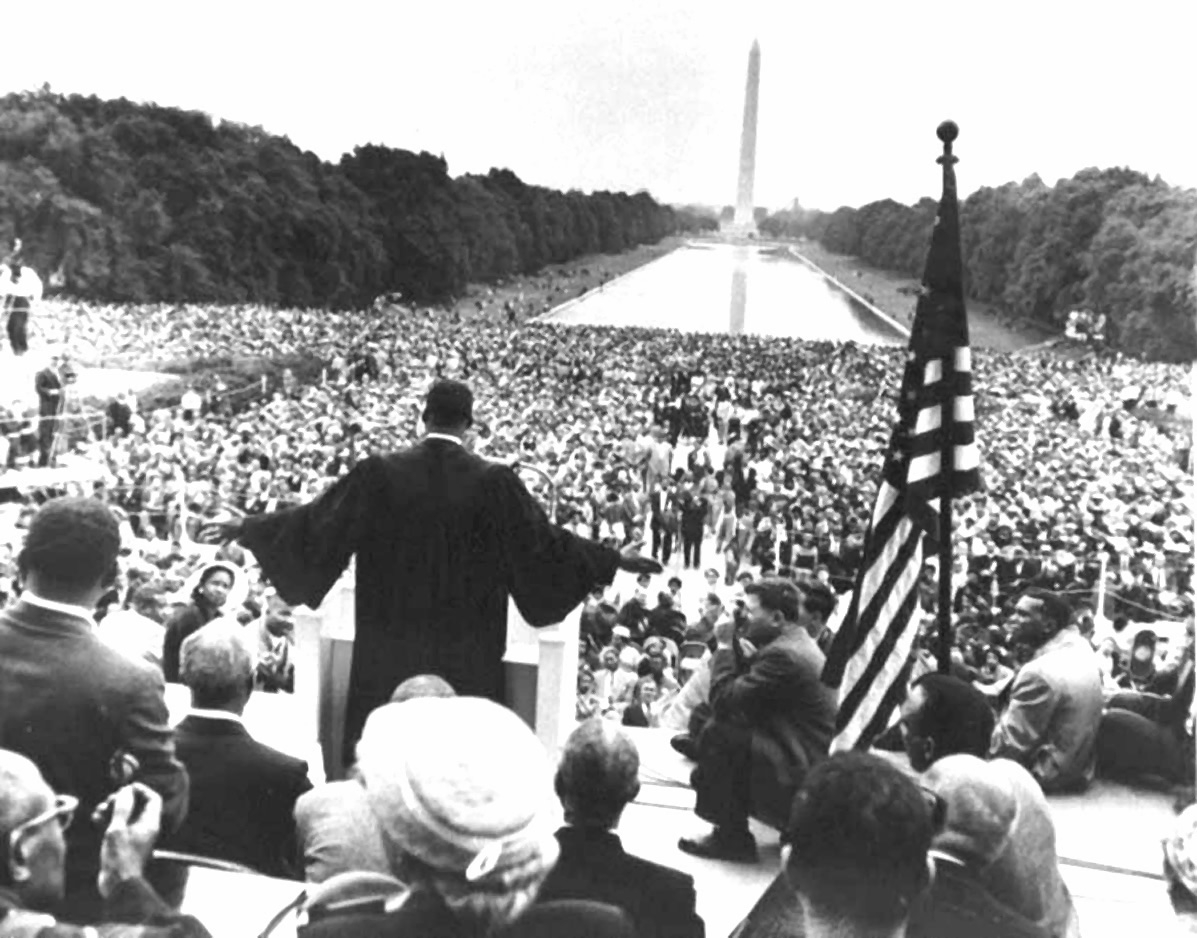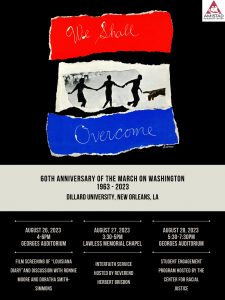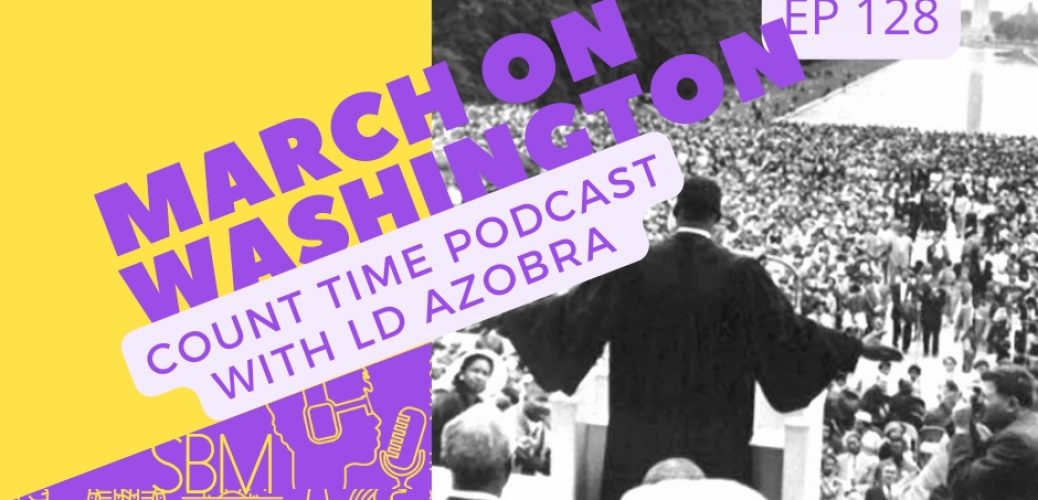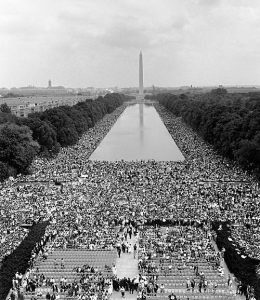60th Anniversary of the March on Washington
August 28th is the 60th anniversary of the March on Washington for Jobs and Freedom where the moral leader of our nation, Dr. Martin Luther King, Jr. delivered the famed I Have a Dream speech. Todays episode commemorates this day with a replay of the speech by President Barack Obama at the 50th anniversary of the March on Washington.
He reminds us of “that steady flame of conscience and courage” that fuels the struggle; and that we would dishonor those hero’s who gave their lives if we, “suggest that the work of this nation is some how complete.” Where do we find that steady flame of conscience and courage today?
It took a hundred years from the signing of the Emancipation Proclamation to get to the March on Washington. As civil rights legend Ronnie Moore has said “this is a hundred year struggle.” And we are only sixty years in, what can we do over the course of the next 40 years to make real the vision of Dr. Martin Luther King, Jr. proclaimed on August 28, 1963.
Count Time Podcast – The 60th Anniversary of the March on Washington

Selected quotes and notes from Count Time Podcast with LD Azobra – The March on Washington



